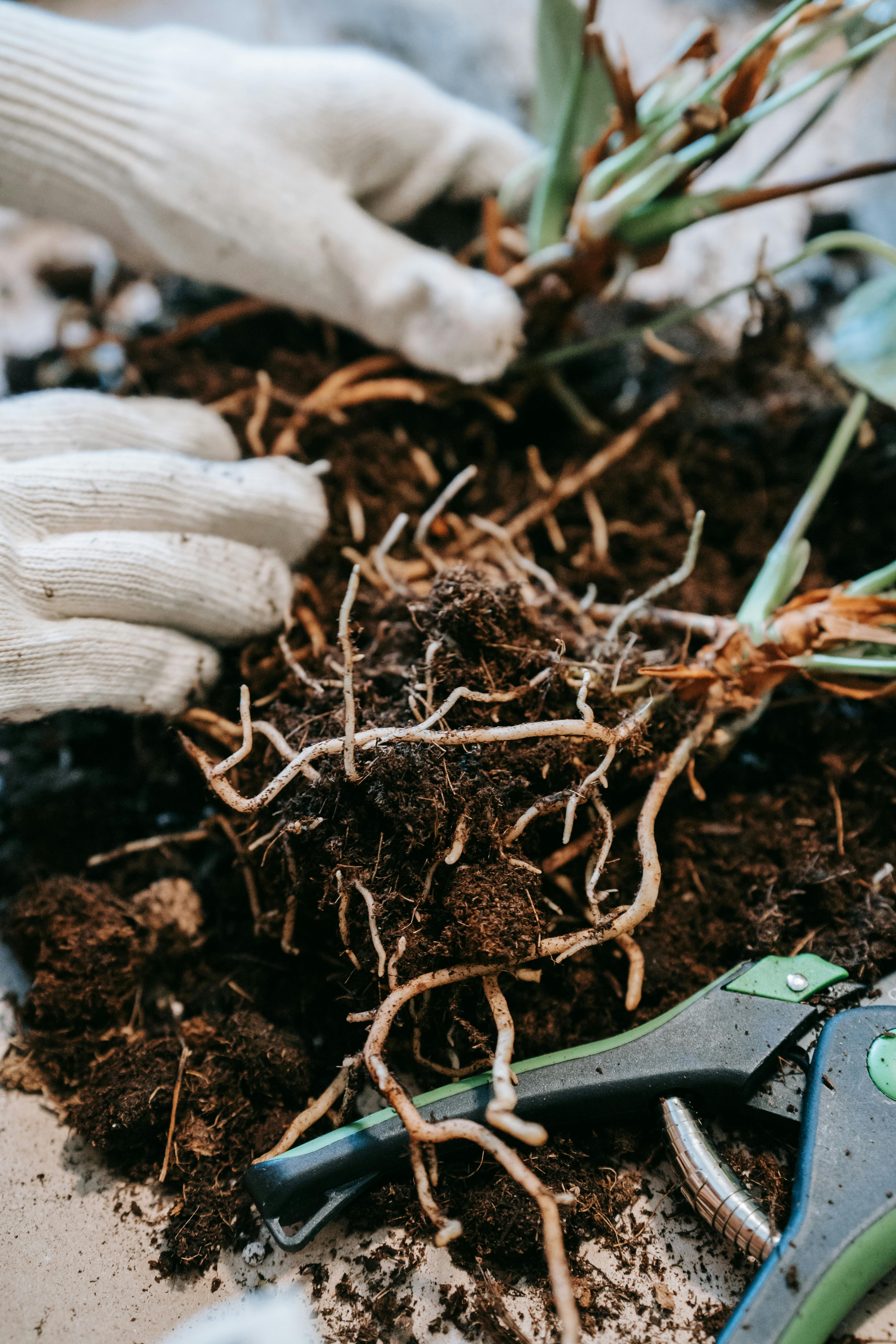Click for more products.
No products were found.
Pruning is one of the most important tasks for keeping indoor plants healthy, well-shaped, and with balanced growth. Knowing how to prune indoor plants correctly is important to prevent developmental issues, improve aesthetics, and boost the vitality of your grow.
In this guide, you will learn when and how to prune an indoor plant, what types of pruning exist, which tools to use, and how to avoid common mistakes that could compromise your plants’ development.
In an indoor growing space, where light, temperature, and ventilation are artificially controlled, plants can grow unevenly or develop leaves and branches that block proper airflow. Pruning allows you to:
- Promote light penetration to all parts of the plant.
- Improve air circulation and reduce the risk of mold.
- Encourage more compact and uniform growth.
- Redirect energy toward more productive branches and shoots.
- Maintain a clean and tidy appearance.
Proper pruning not only improves the health of the plant but also optimizes the yield and quality of the grow.
The right time to prune depends on the plant’s growth stage and the type of pruning you intend to perform.
The growth stage is the best time for structural pruning (such as topping or FIM) since plants have enough energy to recover quickly. Lower leaves and branches that don’t receive light are removed, or apical pruning is applied to control height.
Goal: control plant size and promote more even lateral growth.
During the flowering stage, it is recommended to limit pruning to maintenance tasks, such as removing yellow or damaged leaves. Excessive pruning can stress the plant and affect its performance.
Goal: maintain airflow without disturbing the natural cycle.

Regardless of the stage, it is advisable to perform small cleaning prunes periodically to remove diseased or dry leaves and optimize the plant’s overall health.
There are several pruning techniques you can apply depending on your goal and the type of plant you are growing.
This involves cutting the main stem so that the plant develops two or more main branches. This helps control height and promotes more horizontal growth.
Similar to apical pruning, but the top shoot is only partially cut. It can generate more than two new branches and is used to maximize the grow space.
Leaves and branches from the lower part that don’t receive light are removed. This improves airflow and allows the plant to focus its energy on the most productive areas.
Selective removal of some large leaves to improve light penetration and airflow inside the plant. This is useful before flowering or in very dense grows.
For clean and safe pruning, it is essential to have the right tools. The most recommended for indoor growing include:
- Precision pruning scissors for cutting leaves and thin branches accurately.
- Curved-tip scissors, ideal for reaching tricky spots without damaging other parts of the plant.
- Light gardening gloves to protect your hands and avoid contaminating cuts.
- Disinfectant sprayers or isopropyl alcohol to clean your tools before and after each use.
In our store, you will find complete pruning kits for indoor growing, which include everything you need to work comfortably and professionally.
- Always disinfect your tools before pruning.
- Do not remove more than 20–30% of the plant mass in a single session.
- Monitor the plant’s recovery before performing additional pruning.
- Combine pruning with low-stress training (LST) techniques to improve results without harming the plant.
- Adjust the pruning frequency based on the plant’s growth rate and the density of the grow.
In our online store, you will find a selection of products designed to make pruning easier and optimize your indoor grow:
- Precision scissors and curved-tip scissors.
- Sprayers and disinfectants to keep your tools clean.
- Complete pruning kits for beginner and advanced growers.
- Plant pots and drainage trays, which make post-pruning grow management easier.
Pruning indoor plants properly is one of the best practices for maintaining a healthy, productive, and visually appealing grow.
Knowing how to prune indoor plants according to their growth stage, applying the correct technique, and using the right growing tools will make all the difference in your results.
If you want to take your plants to the next level, start by integrating pruning into your maintenance routine and optimize your space with our specialized tools.
Please sign in first.
Sign in
Create a free account to save loved items.
Sign inCreate a free account to use wishlists.
Sign in